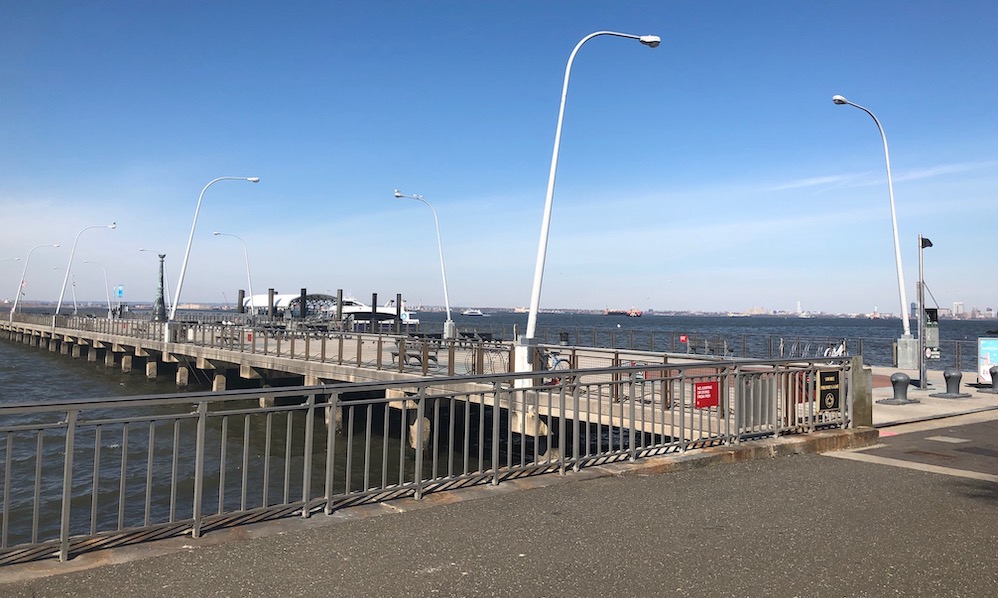It is calving season! As of this week, three North Atlantic Right Whale calves have been born in the Critical Habitat off the coast of Florida and Georgia. The mothers do not have names, rather they are known as #1204, #2791, and #3317.
Katie Jackson of the Florida Wildlife Commission is familiar with all three females. These whales have given birth multiple times over the past decade. #2791 is at least 22 years old and this is her third known calf. But many more calves are needed. According to Dr. Charles “Stormy” Mayo of the Providence Center for Coastal Studies, at least one hundred of the remaining Right Whales should also be capable of producing offspring this winter. He remains guarded and hopes for the best to avoid possible extinction of the North Atlantic Right Whale that could happen within two to three decades.
Dr. Charles “Stormy” Mayo 2018 lecture
And off Cape Cod, approximately 100 Right Whales were recently spotted. It is early for the whales to be in the feeding grounds, however, scientists are not alarmed by their presence.
Luckily, the National Oceanic and and Atmospheric Administration (NOAA) successfully achieved an exemption during January’s government shutdown for researchers to conduct aerial surveys. With this verified data, they were able to implement strict mandates in this Dynamic Management Area (DMA) off Cape Cod to help prevent and avoid harm to the Right Whales. NOAA enlarged the protection zone to offer regulatory measures that fishing and commercial craft are obligated to observe. All of this good news was good publicity for NOAA as it came just in time for their annual “Whale Week” conference. The sightings of the calves and the regulatory action off Cape Cod certainly helps to counter NOAA’s recent negative press surrounding the Fisheries division Incidental Hazard Authorization spurred on by the Trump Administration and the Dept of the Interior’s instruction to advance oil and gas mining operations with seismic blasting.
NYHC will host an event on May 11th, 2019 at the Bay Ridge 69th Street Pier on New York Harbor. The program is designed to educate local schools and all interested New Yorkers to learn about the various tracking methods and what people can do with it. These simple efforts will give Right Whales the necessary boost needed to pull their species off the endangered list. Come join us if you are in New York or subscribe and follow our broadcast on this site.
Directions:
NYHC welcomes all comments and suggestions. Subscribe now!
AD:
Custom progamming, database and system support
Best custom computer programming, database and system work. https://custom-software-usa.com Custom Software USA
